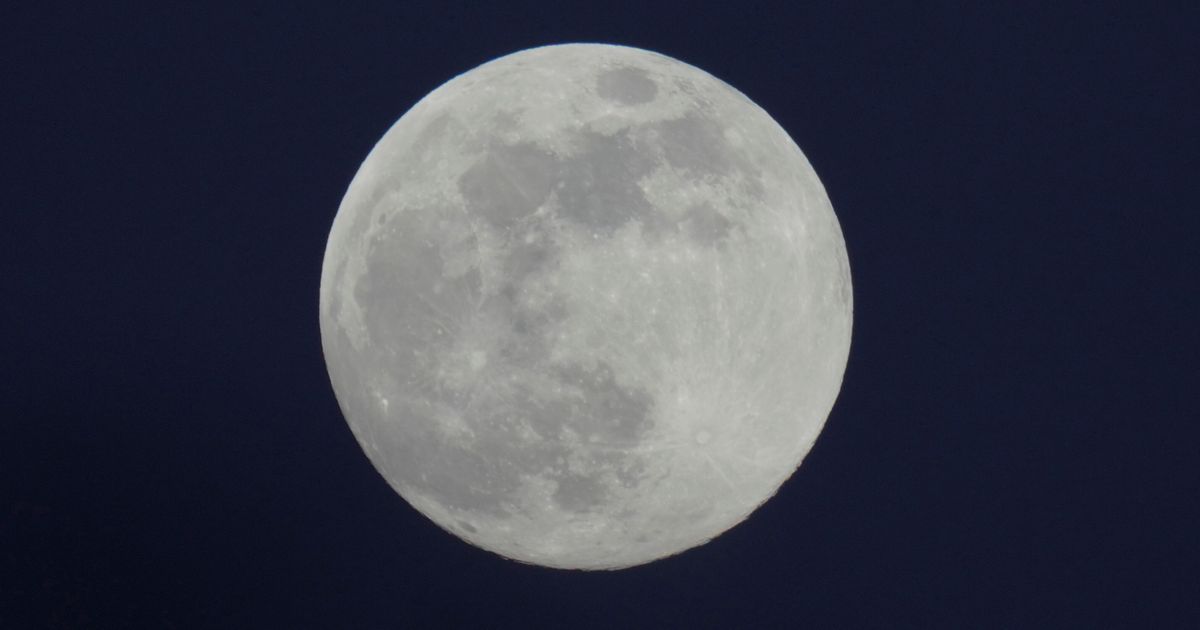
[ad_1]
Since 29 September this year, our moon has had a tiny neighbour.
Asteroid 2024 PT5 was first discovered in August of this year by NASA’s Asteroid Terrestrial-Impact Last Alert System.
The researchers said the asteroid, which entered Earth’s orbit a few weeks ago, would provide a “two-month mini-moon” that’s set to leave our skies soon.
Its usual orbit is in the Arjuna asteroid belt, which spans around the sun.
But 2024 PT5 has been drawn in to our planet’s orbit, which is the one the moon spins around, thanks to Earth’s gravitational pull.
When is it going away?
The “mini-moon” is set to leave our skies on November 25.
The departure won’t be clean and instant though ― the asteroid is set to hover around Earth for a while after leaving our orbit, with its closest approach set to happen on the 9th of January 2025.
If you were wondering why the “mini-moon” isn’t just classed as space rubble, by the way, Dr Carlos de la Fuente Marcos told Space.com that it has to do with the length of the asteroid’s orbital detour.
“Mini-moons” happen when space objects like asteroids spin around the Earth in a complete rotation. They’ll do this more than once.
That’s in contrast to temporarily captured NEOs (non-Earth objects), which may get dragged out of their usual paths by our planet’s gravity but which don’t stay long enough to complete a full loop around the planet.
“You may say that if a true satellite [like the moon] is like a customer buying goods inside a store, objects like 2024 PT5 are window shoppers,” Dr Carlos de la Fuente Marcos (who researched 2024 PT5) told Space.com.
Will I be able to see the mini-moon?
Unfortunately, the mini-moon is too far away to spot with the naked eye.
In fact Live Science says even standard telescopes and binoculars won’t cut the mustard.
“However, the object is well within the brightness range of typical telescopes used by professional astronomers,” Dr Carlos de la Fuente Marcos informed Space.com.
If you’re wondering what specs count as “professional”, the researcher explained: “A telescope with a diameter of at least 30 inches plus a CCD or CMOS detector is needed to observe this object, a 30 inches telescope and a human eye behind it will not be enough.”
Still, we’ve just had a brilliant supermoon last week and a spectacular comet last month ― so it’s not like we’ve been starved of stunning skies.
[ad_2]
Source link






